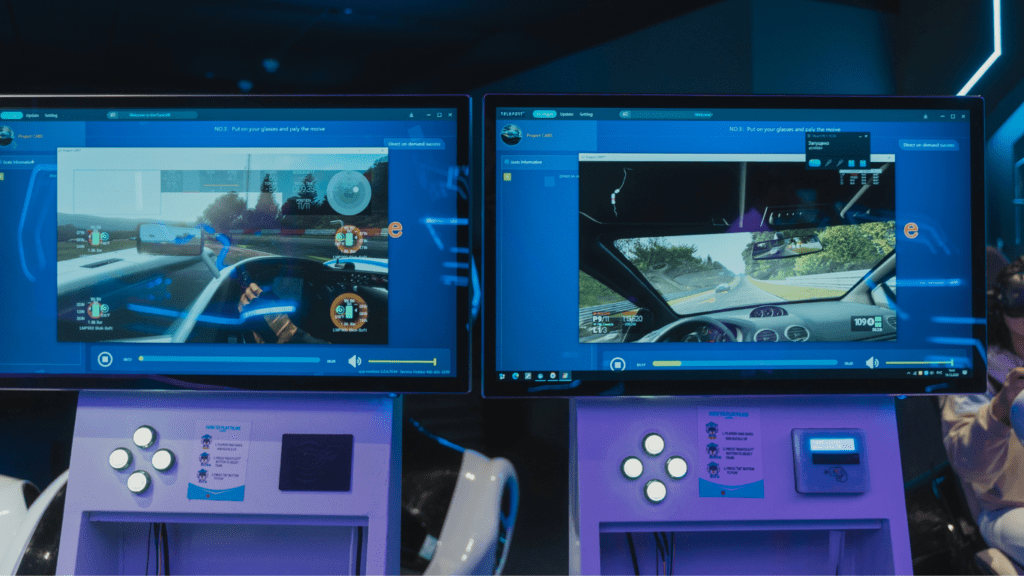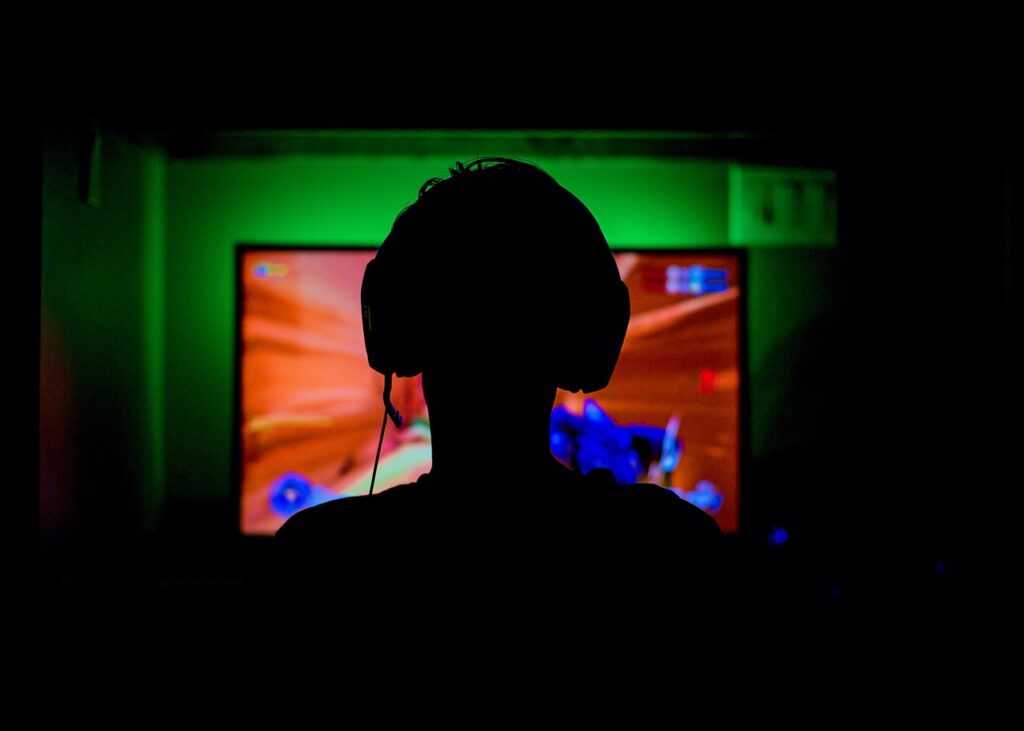Overview Of Esports
Esports, or electronic sports, describes competitive video gaming at professional levels. Games vary from strategy titles like “League of Legends” to first-person shooters like “Counter-Strike.” These games attract millions, with top players gaining celebrity status akin to traditional athletes.
Tournaments form the backbone of esports. Events draw large online audiences and frequently occur in arenas worldwide. Major competitions like “The International” for “Dota 2” offer multi-million-dollar prize pools, rivalling many traditional sports events.
Global reach characterizes esports. Markets in Asia, especially South Korea and China, host numerous leagues, while Western countries see booming scenes in North America and Europe. This universal appeal fuels collaborations and sponsorships with brands eager to engage the vibrant fan communities.
Player commitment shapes the esports landscape. They practice tirelessly, refining skills to maintain competitive edges. This dedication explains why esports continues growing, pushing the boundaries of digital competition and entertainment.
Daily Routine Of An Esports Player
Professional esports players lead structured lives focused on maintaining peak performance. Their daily routines revolve around rigorous training, strategic practice, and personal well-being.
Training Sessions
Every day begins with training sessions that are essential for skill enhancement. Players typically spend 4-8 hours honing their abilities in specific games. These sessions are tailored to address:
- individual weaknesses
- improve mechanical skills
- develop game-specific competencies
Consistency in training builds muscle memory, which is crucial during high-pressure matches.
Practice And Strategy
Beyond basic training, players engage in practice and strategy sessions. These include team-based activities where players work on communication, coordination, and tactical planning. Reviewing match footage and analyzing competitors are common practices. Players dissect gameplay to identify patterns and capitalize on opponents’ weaknesses. Such analysis allows teams to adapt strategies swiftly during tournaments.
Health And Nutrition
Balancing intense gaming with health ensures longevity in an esports career. Players follow structured nutrition plans to maintain energy and focus. Regular physical exercise is integrated to prevent issues like repetitive strain injury and to boost mental health. Adequate sleep, hydration, and mental relaxation are prioritized to sustain cognitive sharpness and overall well-being.
Challenges Faced By Players

Professional esports players encounter many challenges that affect their performance and well-being. These challenges span across mental, physical, and social aspects.
Mental Strain
- Esports demands intense focus and quick decision-making, which can cause significant mental strain.
- The pressure to perform under high stakes, such as tournaments with large prize pools, leads to stress and anxiety.
- Players often face burnout from rigorous training schedules, compounded by the need to maintain a competitive edge in rapidly evolving games.
- This mental load can impact their motivation and overall performance.
Physical Demands
- Contrary to common belief, esports presents physical challenges.
- Long hours of gameplay can result in repetitive strain injuries, like carpal tunnel syndrome, due to continuous hand and wrist movements.
- Maintaining good posture to prevent back and neck problems is necessary yet difficult.
- To counteract these issues, players need regular exercises and ergonomic equipment, highlighting the importance of physical fitness alongside gaming skills.
Social Pressures
Esports players often contend with social pressures that affect their personal lives. The expectation to continually engage with fans and maintain a public persona can be overwhelming. Balancing personal relationships with a demanding career in the spotlight is challenging, leading to feelings of isolation. Online fame requires careful management to navigate both positive and negative public interactions, which adds another layer of complexity to their professional lives.
The Role Of Technology
Technology drives the world of esports, shaping how players train and perform. It’s integral to every aspect of a professional player’s life, from gaming gear to streaming.
Gaming Equipment
High-performance gaming equipment offers players crucial advantages during competition. Precision mice, mechanical keyboards, and high-refresh-rate monitors enhance responsiveness, giving players an edge in executing fast-paced strategies. These tools reduce input lag and improve accuracy in games demanding quick reflexes, such as “Counter-Strike: Global Offensive.” Noise-cancelling headsets allow players to concentrate by filtering out distractions and improving in-game audio clarity. Advanced gaming rigs with powerful GPUs deliver smooth graphics, essential for tracking rapid movements and maintaining peak performance under pressure.
Streaming And Broadcast
Streaming platforms amplify the reach and impact of esports. They give players a global stage to showcase their skills and engage with fans, expanding their brand and audience. Services like Twitch and YouTube constitute hubs for live streams, drawing millions of viewers to tournaments and individual streams. These platforms allow players to build a community, leveraging viewer interaction and engagement to strengthen their connection with fans. Broadcasting technology, including high-definition cameras and professional editing software, ensures esports events are not only accessible but also visually captivating, enhancing the spectator experience.





